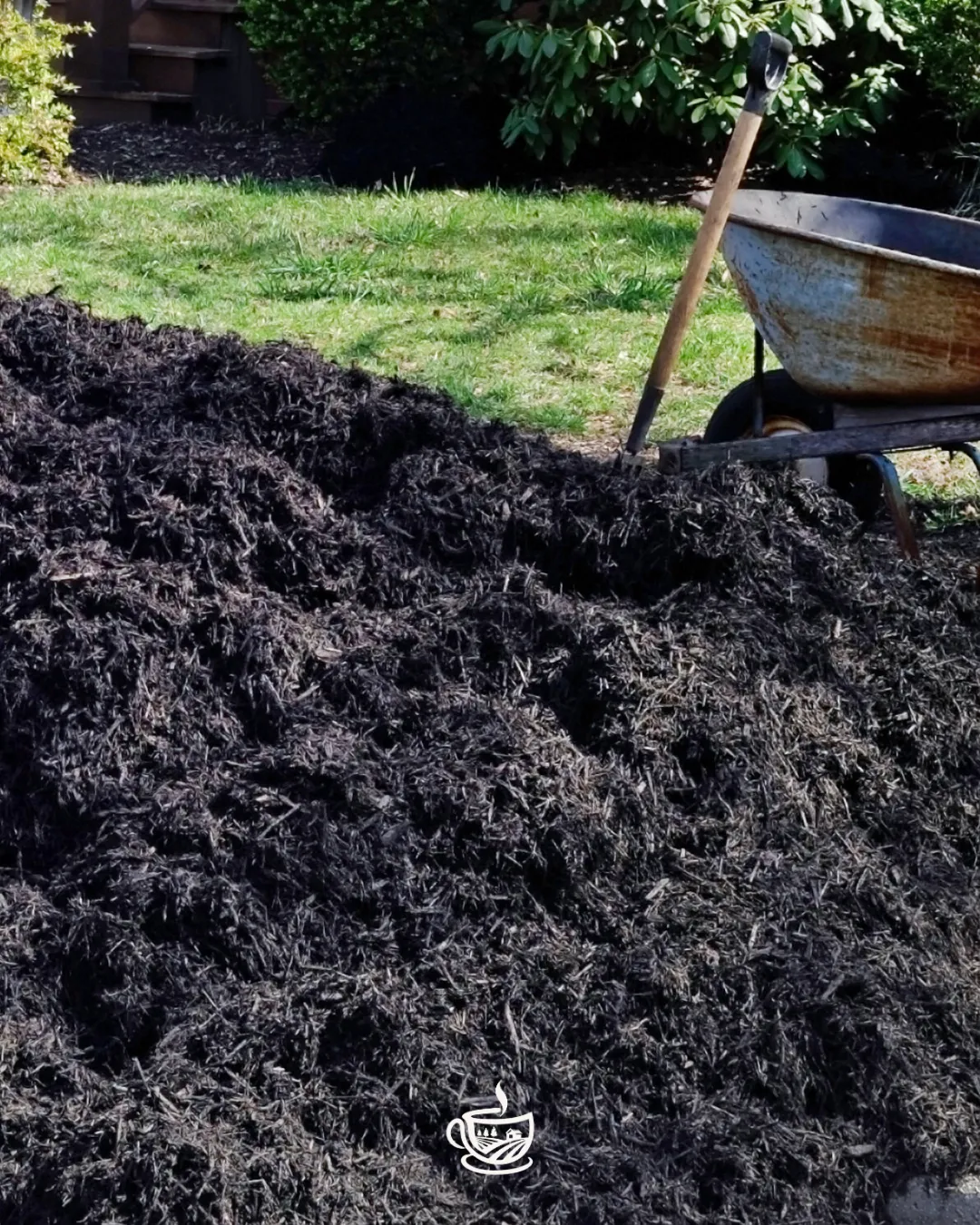
Organic Mulches: Straw, Leaves, and Beyond
Mulch like you mean it! From straw to shredded leaves (and some surprising extras), discover the best organic mulches to feed your soil, fight weeds, and boost garden health.
Mulch—The Unsung Garden Hero
Organic mulches do it all: retain moisture, regulate soil temps, suppress weeds, and slowly feed the soil. The trick? Choosing the right mulch for your plants, climate, and purpose. Let’s dig into the best (and most underrated) options.
1. Straw: Light, Airy, and Easy to Use
Best for: Veggie beds, paths, and fall garlic
Pros: Easy to spread, decomposes well, suppresses weeds
Watch out: Use clean, seed-free straw—not hay (or you’ll mulch in a pasture)
We learned the hard way at Clemson Tea Farm—mulched with hay once and found oat sprouts sprouting like revival tent preachers the next week!
2. Shredded Leaves: Autumn’s Free Gift
Best for: Perennials, fruit trees, and no-dig beds
Pros: Free, full of trace minerals, great for soil life
Tip: Shred before applying to avoid matting and speed breakdown
Pro tip: Set your mower to mulch and go to town on those leaf piles this fall..
3. Grass Clippings: Quick Nitrogen Fix
Best for: Around nitrogen-loving crops like corn or tomatoes
Pros: Readily available, fast-acting boost
Tip: Apply in thin layers or mix with browns to avoid clumping and odor
We layer these clippings under our blueberries and apple trees and watch them shoot up like teenagers on energy drinks.
4. Wood Chips: Slow & Steady Soil Builder
Best for: Fruit trees, pathways, and perennials
Pros: Long-lasting, encourages fungal networks
Watch out: Avoid using right next to veggie seedlings—can tie up nitrogen at the surface
Perfect for tea rows and orchard paths where long-term stability trumps quick breakdown.
5. Compost as Mulch: Double Duty
Best for: Veggies, flowers, and herbs
Pros: Feeds soil and protects it at the same time
Tip: Top with straw or leaves to prevent it from drying out
Our compost piles are as sacred as our Sunday dinners—layered, fed, turned, and full of black gold come spring.
6. Living Mulch: Green and Growing
Best for: Cover cropping, interplanting, and weed suppression
Examples: Clover, vetch, creeping thyme
Pros: Fixes nitrogen, attracts pollinators, protects bare soil
Pro tip: We undersow crimson clover beneath heavy feeders, then cut and drop for an instant living-to-dead mulch swap.
7. Cardboard & Paper: Sheet Mulching Foundation
Best for: Starting new beds, smothering weeds
Pros: Suppresses grass and breaks down slowly
Tip: Remove glossy tape or staples, and soak before layering
We use this beneath our vegetable gardens—smothers Bermuda, nurtures worms, and saves us from back-breaking tilling.
Final Thought: Mulch Mindfully
Organic mulches aren’t just about appearances—they’re a vital tool for building long-term soil health and making your garden more resilient. Use what you have, layer it wisely, and watch your soil come alive.
Want to bring more farm-to-cup wellness into your life?
Join our newsletter for seasonal tea tips, health-forward recipes, and behind-the-scenes farm stories.
Wanna Read More?
Wanna Geek Out?
© 2025 Clemson Tea Farm. All rights reserved.
